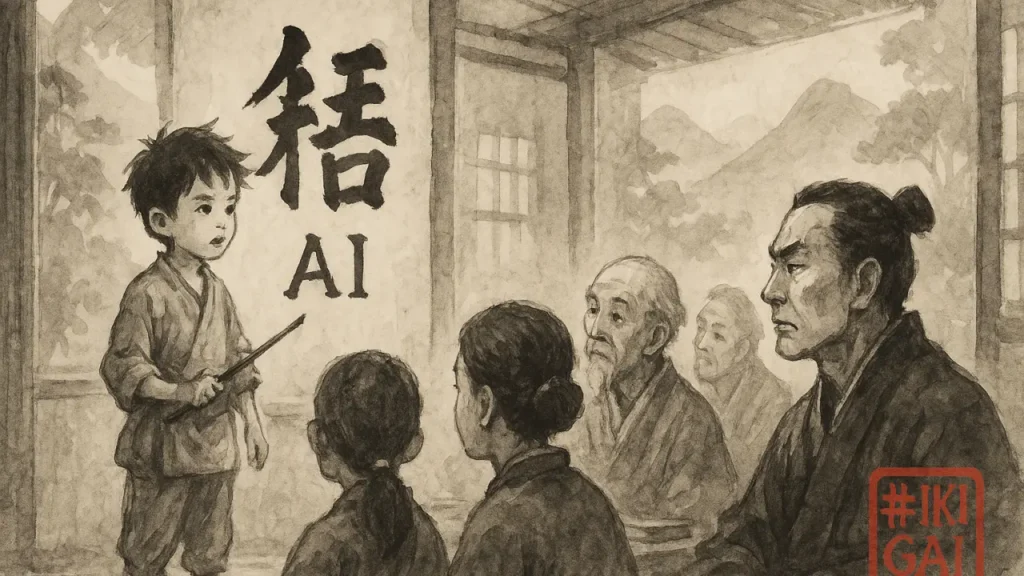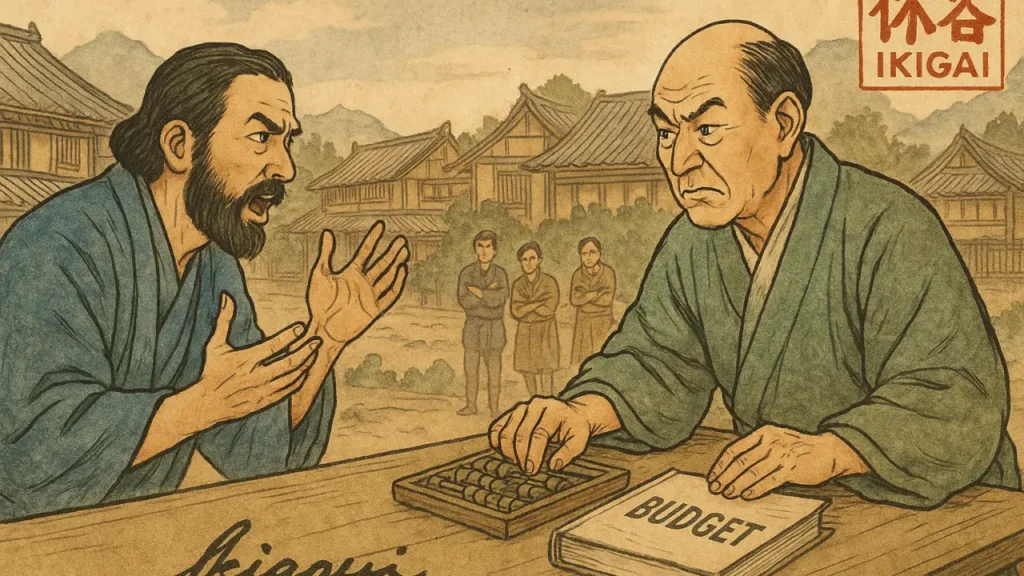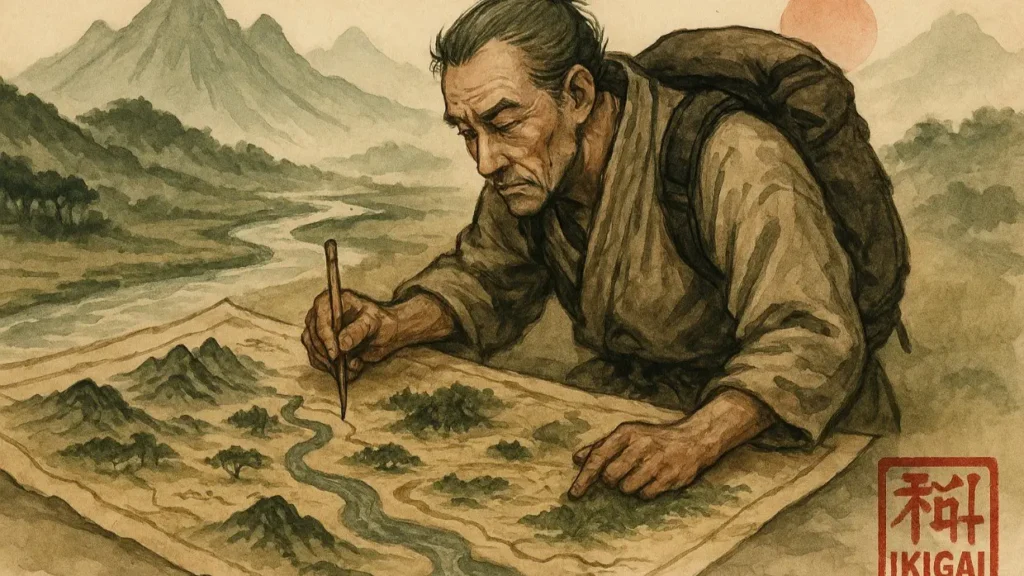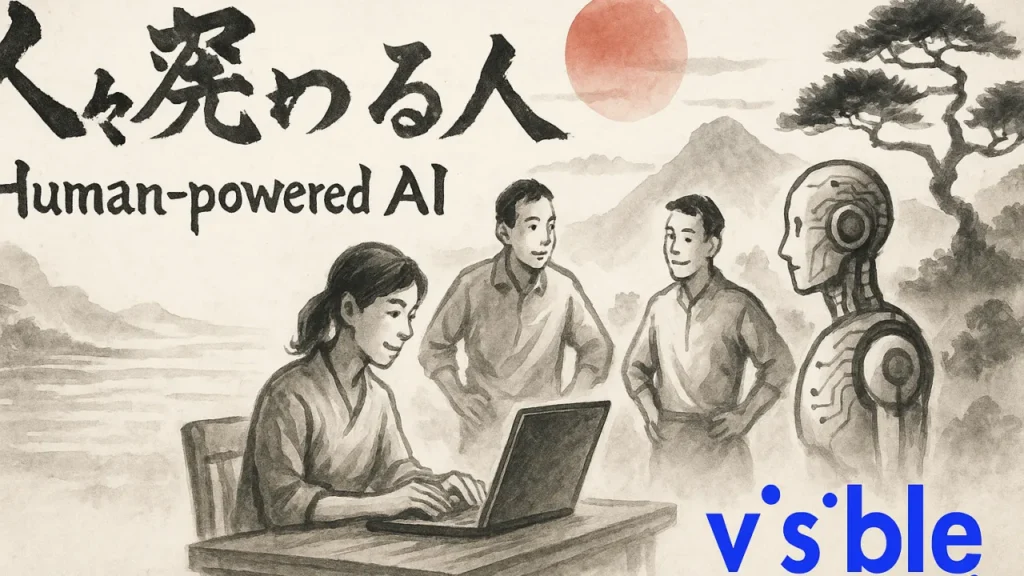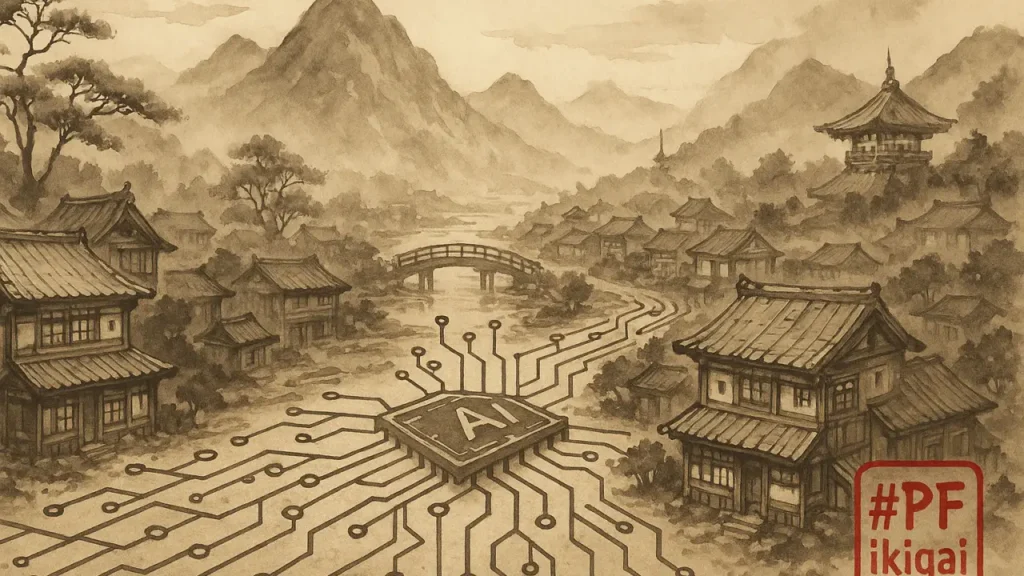Tech Writers at PF
Celebrating the Beauty of Brokenness
In a recent conversation with a colleague about the performance of our teams, we discussed the recurring challenge of addressing imperfections. Too often, there’s a tendency to gloss over these flaws, perhaps out of a reluctance to confront our limitations or the discomfort it brings. However, this conversation reminded me of the ancient Japanese art of Kintsugi, where broken pottery isn’t merely repaired; it is transformed into a piece celebrated for its history and resilience.
Kintsugi: Celebrating the Beauty of Brokenness
Kintsugi, which translates to ‘golden joinery,’ involves repairing broken pottery with lacquer dusted or mixed with powdered gold, silver, or platinum. Rather than disguising the damage, Kintsugi emphasizes it, creating a beautiful testament to the object’s history. This art form celebrates each artifact’s unique story and resilience, valuing imperfection as an intrinsic part of the piece’s beauty.
Parallel in Leadership
The principles of Kintsugi can offer profound insights into leadership and team management. When a team faces challenges or fails, the instinct might be to cover up these imperfections or to assign blame. However, just as Kintsugi highlights the breaks with precious metals, leaders can use challenges as opportunities to strengthen the team’s fabric.
Addressing Team Imperfections with Integrity
In leadership, acknowledging and rigorously addressing imperfections is not about fault-finding but about recognizing where we are and envisioning where we want to be. It involves a candid assessment of team dynamics, individual performances, and systemic issues that might be holding us back. This honest appraisal is the first step towards meaningful improvement.
The Process of Healing and Reinforcement
Once imperfections are identified, the true work begins. Similar to how Kintsugi artisans patiently mend the pottery, leaders must facilitate the repair process within their teams. This might involve training, restructuring, or simply providing the resources needed for team members to grow and overcome their hurdles. The process is meticulous and often slow, but it is necessary for genuine development.
Celebrating Imperfections
After addressing the flaws, just as Kintsugi celebrates the pottery’s scars by infusing them with gold, a leader must celebrate the team’s journey towards improvement. Acknowledging the efforts and growth after overcoming challenges not only boosts morale but also reinforces a culture of resilience and continuous improvement.
Inspirational Conclusion
In conclusion, as leaders, our goal should not be to create perfect teams but to foster teams that are continually evolving, learning from their imperfections, and growing stronger through them. Embracing this mindset can transform potential weaknesses into sources of strength, much like the golden seams of Kintsugi pottery.
As the Japanese philosopher Daisaku Ikeda once said, “It is in the whole process of meeting and solving problems that life has its meaning. Problems are the cutting edge that distinguishes between success and failure. Problems call forth our courage and our wisdom; indeed, they create our courage and our wisdom.”
Let us approach leadership as Kintsugi artists approach their art: valuing repair as part of the history of an object, not something to disguise but to display proudly. This perspective can turn our teams into exemplars of resilience and adaptability, each imperfection a gold line of growth and triumph.



